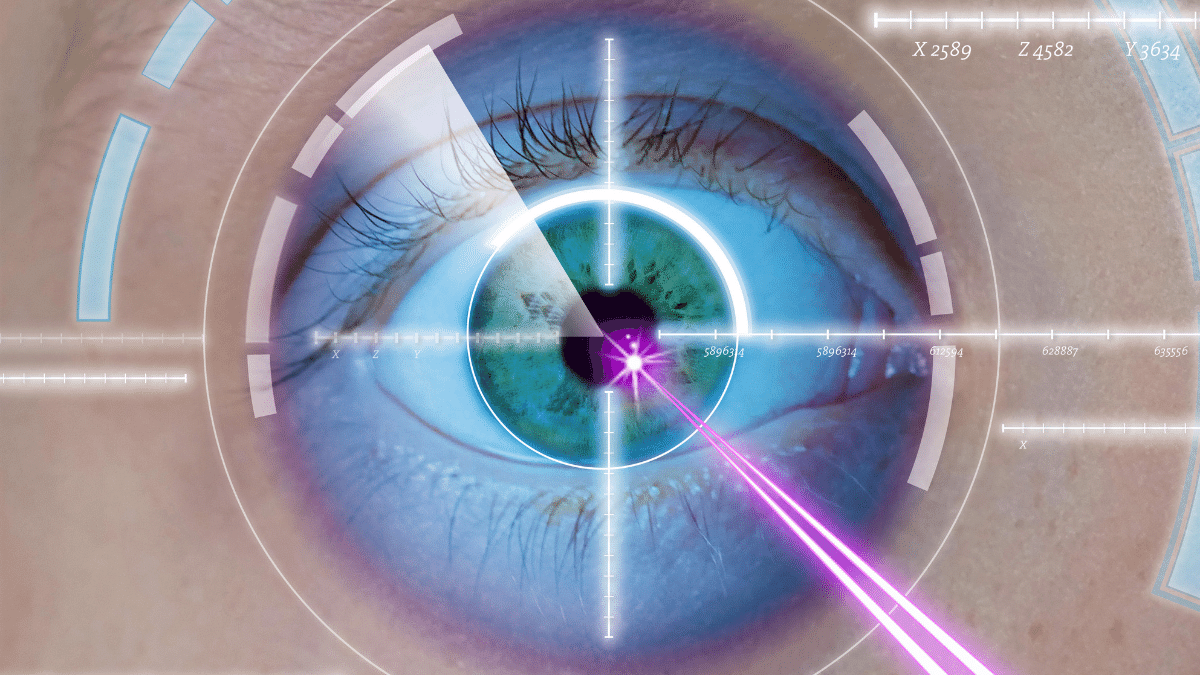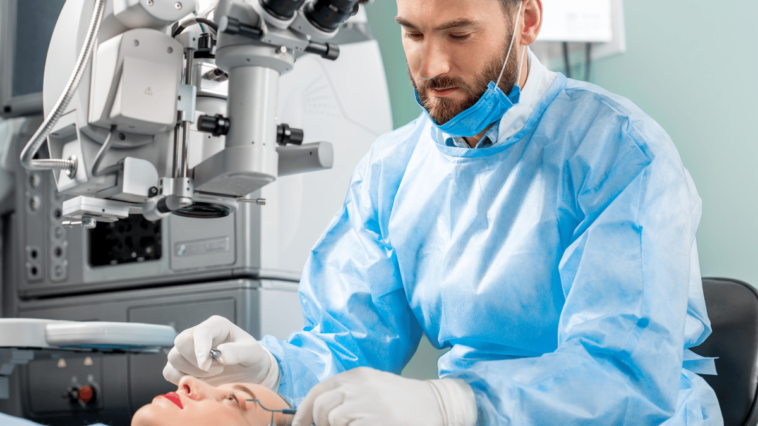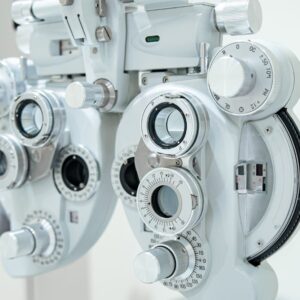What is Laser Eye Surgery ?
Laser Eye Surgery, in the simplest of terms, is the process of restoring the diminishing eyesight of a person using a laser beam. Laser eye surgery is a quick and affordable option that has been used to give improve peoples sight for 30 years plus.
The process is rather simple and involves reshaping a person’s cornea so that their focus is fine-tuned and consequently their vision is improved. Normally the corneas thin outer surface layer will be moved aside before laser treatment and then afterwardscarefully moved back into place.
Laser Eye Surgery treatment is mostly used for cases or myopia (shortsightedness), hyperopia (long-sightedness) and mild astigmatism (refraction). People with presbyopia (reading prescriptions) are generally not advised to seek laser eye surgery.
Who Is Laser Treatment Right For?

Many people consider Laser treatment after a long history of frustration with their contact lenses or glasses. The decision to undertake laser treatment should be discussed with ones optician because they might recommend better contact lenses or glasses technology.
What is the first Step to getting Laser Eye Surgery?
The first step to getting a laser eye surgery is to get the right surgeon. One can get recommendations from people who have had Laser Eye Surgery or better yet find a reputable eye surgeon on the internet.
It’s important that the surgeon of choice is someone experienced and who has vast knowledge in the current development and new technologies with eye wear and eye surgery.
A Laser vision Surgery is a mild procedure performed on an outpatient basis. The treatment is performed in both eyes concurrently.
There are two main types of eye laser surgery: Lasik and Lasek techniques. In both procedures patients are provided with anesthetics drops that enable them to be very comfortable.
The next step after the surgery is clear lens exchange treatment which will be performed on one eye then after an entire week on another, each procedures taking only about 15 minutes.
There is also photorefractive keratectomy (PRK) procedure, but the popularity of this has diminished over the years and is now only performed on patients who need correction of very low prescription.
Risks of Laser Eye Surgery
The success rate of Laser Vision Surgery is very high, with 95% of patients being able to return to work within a week following their surgery.
However, there have been cases of people experiencing the dry-eye syndrome months following their surgery and may be prescribed for artificial tears.
Some people have complained of a halo or glare effect when driving in the night weeks or sometimes months after their procedure. This is mostly with patients who had a high degree of myopia or hyperopia.
Very few cases have been reported of too much thinning of the eye which eventually leads to instability in the shape of the eye.
There also have been very few cases of vision loss reported.
Cost of Laser Eye Surgery
The improvement in technology has led to reductions in the cost of Laser vision Surgery. Different surgeons will charge differently based on several factors like the complexity of one’scondition, and technology used. However, multiple financing options can help one afford eye surgery.
Eye Surgery is an affordable solution for people dealing with high costs of contact lenses or glasses. It’s however important that one shops around for the best surgeon and discuss the risks involved with him or her.






